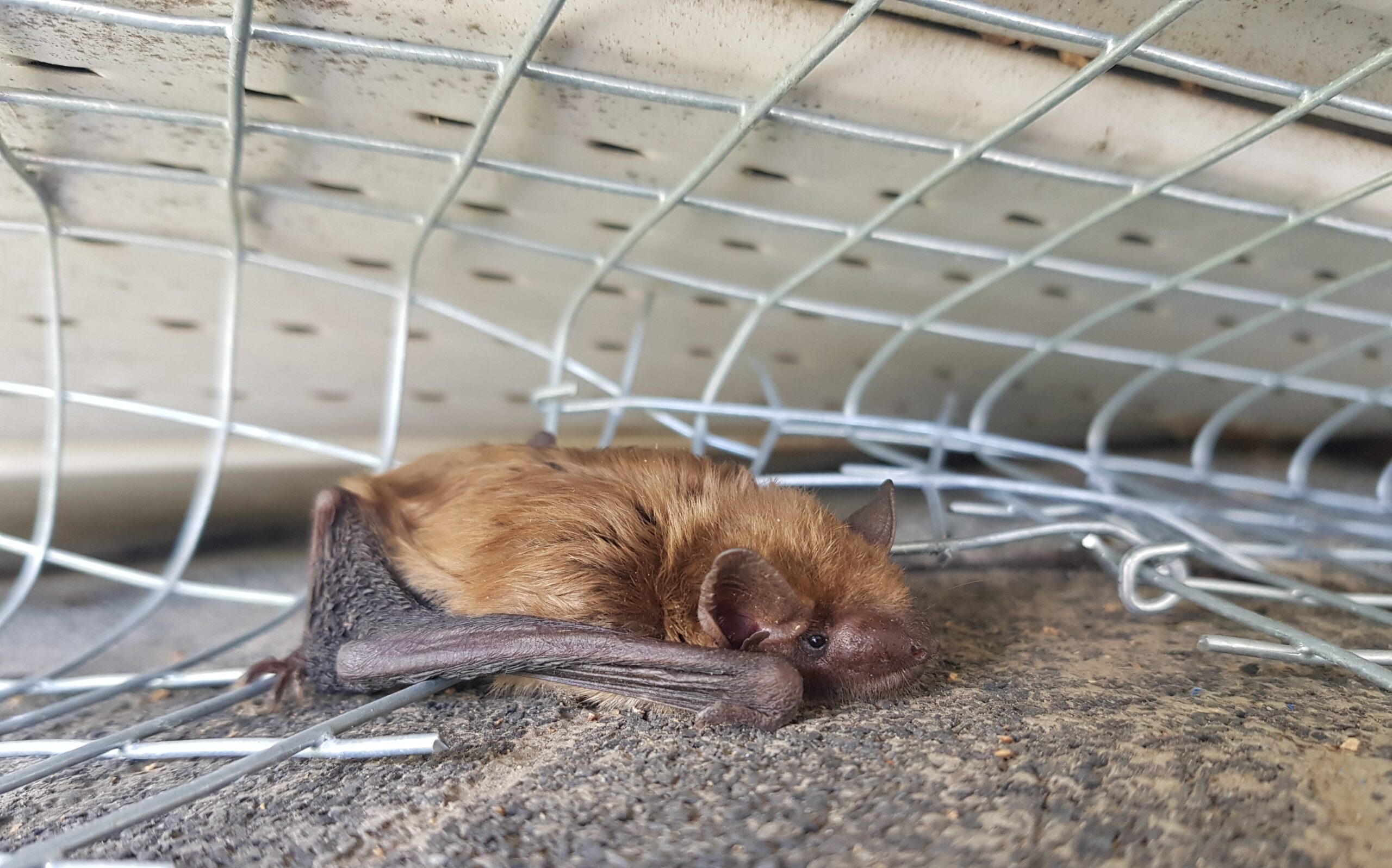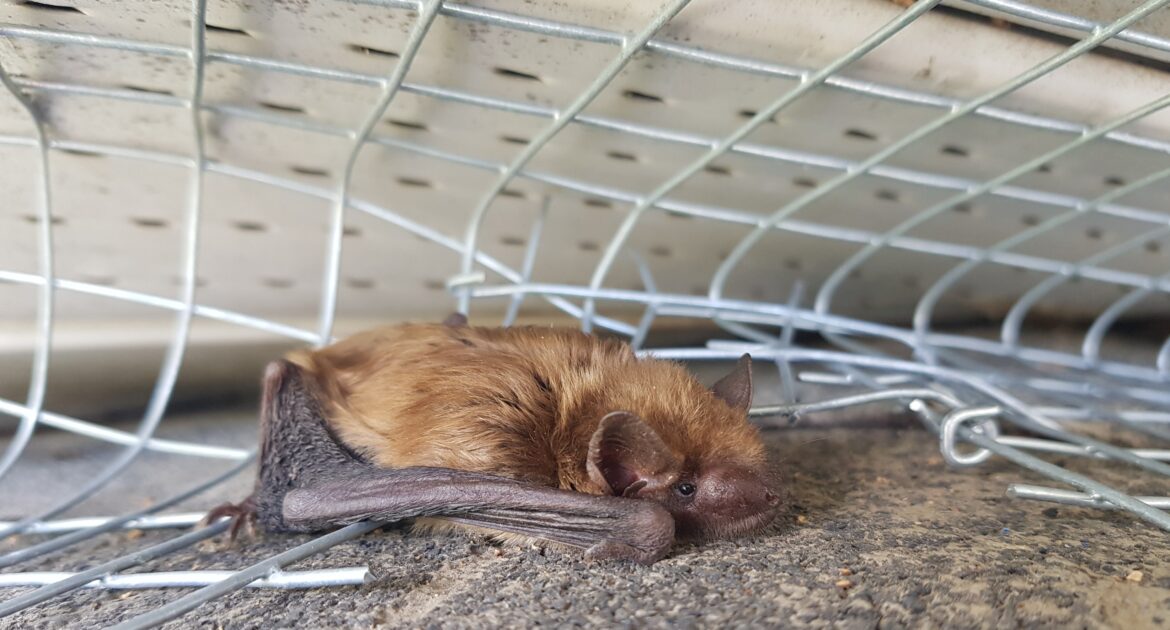Discovering bats living in your chimney can be more than just an unexpected surprise; it poses serious risks for both your home and health. These nocturnal creatures often seek refuge in chimneys because of the warmth and protection they provide. But with them comes the potential for bat infestation, which can lead to an array of issues.
Bats are known carriers of diseases like histoplasmosis and rabies, which can spread through droppings and bites, posing a threat to your family and pets. Additionally, bat guano, as their droppings are called, can accumulate and cause structural damage or block airflow, leading to potential fire hazards. It’s also important to recognize the signs of bat infestation early on, such as an increase in noise levels at dusk or dawn.
What do bats sound like in your chimney? You may hear flapping, scratching, or high-pitched squeaking, indicating their presence. Being aware of these signs is crucial for prompt action. Remember, dealing with bats requires a professional approach to ensure safe and effective removal without harming the bats, as they are protected species in many areas. Engaging Skedaddle experts ensures that you address the problem humanely while safeguarding your home’s integrity.
Why Bats Choose Chimneys
You might wonder why bats choose chimneys in the first place. The explanation is pretty simple. Chimneys provide a dark, enclosed area, ideal for roosting. Many bat species search for secluded spaces where they can rest during the day before heading out at night to feed on insects. The chimney acts as a natural refuge from predators and inclement weather conditions, making it an attractive option.
The design of a chimney, often lined with bricks or stones, offers multiple crevices and surfaces to cling onto, which is perfect for bats looking for a surface to hang upside down. Additionally, the temperature within a chimney can be quite stable, offering an optimal climate for raising offspring. This makes them suitable not only for solitary bats but also for colonies that wish to establish a more permanent residence.
Unfortunately, as chimneys age, they may develop cracks or gaps, providing easy access for bats to enter. Once they find a suitable spot, they are likely to return year after year. This is why regular inspection and maintenance are critical in preventing bats from occupying your chimney. Understanding why bats are drawn to these structures enables homeowners to take proactive steps in keeping them out.
Health Hazards Brought By Bats In Chimneys
One of the primary concerns with bats nesting in chimneys is the potential health hazard they pose. Guano, the droppings left behind by bats, can become a breeding ground for Histoplasma capsulatum, a fungus that is known to cause histoplasmosis in humans. When people inhale the fungal spores released by dried guano, it can lead to respiratory problems ranging from mild flu-like symptoms to severe lung infections.
In addition to fungal risks, bats themselves are potential carriers of rabies, a viral disease that affects the nervous system. While instances of bats transmitting rabies to humans are rare, the possibility exists, particularly if a bat is sick or injured. Rabies exposure can occur if a bat is handled without proper precautions or if pets come into contact with them.
Furthermore, bats can introduce parasites like bat bugs, which are similar to bed bugs, into your home. These pests may spread beyond the chimney area, leading to infestations that require professional pest control. Because of these health considerations, it is crucial to address any bat presence promptly to safeguard your household’s health and well-being.
Structural Risks of Bats in Chimneys
Chimneys are not designed to house wildlife. The presence of bats can result in structural damage that compromises the integrity of your chimney. One significant risk is the accumulation of bat guano, which, over time, can cause deterioration of the chimney’s interior surfaces. Moisture from the guano can lead to erosion of bricks or stones, weakening the entire structure.
Blockages are another serious concern. When bats and their droppings accumulate inside a chimney, they can obstruct airflow, reducing the chimney’s effectiveness. Blocked chimneys may not vent smoke properly, which can lead to dangerous levels of carbon monoxide entering your home. Additionally, improper ventilation can increase the risk of chimney fires, which are a significant hazard.
Over time, repeated bat visits may result in physical wear and tear on your chimney’s lining. The bats’ movements can loosen bricks or stones, leading to gaps or cracks that further compromise the chimney’s functionality. Regular maintenance and inspections can help identify such issues early, preventing costly repairs down the line.
Signs of Bat Infestation in Chimneys
Recognizing the signs of a bat infestation early can help address the problem before it escalates. One of the most noticeable signs is the presence of high-pitched squeaks and rustling noises emanating from your chimney, especially around dusk and dawn. These sounds usually indicate that bats are entering or exiting the structure.
Another sign to watch for is the appearance of bat droppings near the base of the chimney or on the roof. Guano accumulates quickly, and its presence is often a clear indicator that bats have taken up residence. Its distinctive odor can also alert you to an infestation, even if the droppings aren’t immediately visible.
Additionally, you may notice bats flying around your home at dusk or dawn. If you see several bats entering or exiting your chimney, it’s almost certain that a colony has made it their home. Paying attention to these signs can help you take timely action to remove the bats and prevent further issues.
Why Skedaddle Is the Best Choice for Wildlife Removal in Minnesota
When it comes to dealing with bats, professional intervention is often the safest and most effective solution. At Skedaddle, we have extensive experience in managing wildlife removal, including bats from chimneys, with a focus on humane practices. Our team of experts is trained to handle these situations delicately, ensuring the safety of both the animals and your home.
We understand the importance of using environmentally friendly methods for bat removal. Our approach involves identifying entry points, safely removing the bats, and sealing the chimney to prevent future entry. This comprehensive process ensures that bats are removed without harm and that they won’t return to your home.
Furthermore, our dedication to customer satisfaction means we’re committed to providing reliable service. Our team conducts thorough inspections and offers detailed reports and solutions tailored to your specific needs. With Skedaddle, you can trust that your home will be free from unwanted wildlife, giving you peace of mind.
Understand the Implications
Living with bats in your chimney is not just a nuisance; it’s a matter that can impact your health, safety, and the structural integrity of your home. From the risk of infectious diseases to potential damage to your chimney, the presence of bats should never be ignored. It’s crucial to recognize the signs early and take prompt action to mitigate these risks.
For homeowners concerned about bats residing in their chimneys, understanding the implications and knowing what steps to take can make all the difference. With professional wildlife removal services like those offered by Skedaddle, you gain access to expert solutions designed to protect both your home and the bats involved.
If you suspect bats have moved in, don’t wait for the problem to get worse. Reach out to Skedaddle today, and our team of professionals will provide safe and effective wildlife removal services tailored to your needs. Protect your home and your family by taking the first step towards a bat-free environment.




